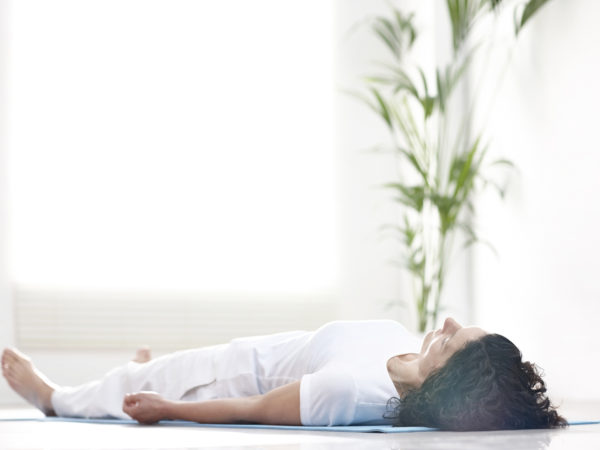Best Time For Exercise?
I am not a morning person so exercising before work is out of the question. This leaves only the evening for my workout, but I’m wondering if exercising at that time of day is okay? I sometimes find it hard to fall asleep after a vigorous workout.
Andrew Weil, M.D. | August 14, 2014

For most people, working out facilitates good sleep. A National Sleep Foundation poll conducted in 2013 found that people who exercise are much more likely to report having a good night sleep than people who don’t exercise. More than 75 percent of the regular exercisers responded that their sleep quality was very good or fairly good in the two weeks preceding the poll compared to 56 percent of non-exercisers.
To address your specific question, the poll found no difference in self-reported quality of sleep between people who exercised close to bedtime or earlier in the day. This finding led the NSF to amend its “sleep hygiene” recommendations that previously advised against exercising close to bedtime. Now the recommendations encourage exercise without regard to timing. However, as you suggest, some people may find late evening workouts interfere with sleep. Consequently, the organization still urges people with chronic insomnia to adhere to their recommended treatments, including avoiding late evening activity and night exercise, if so advised.
I discussed this issue with Dan Bornstein, Ph.D., an assistant professor of exercise science, Department of Health, Exercise, and Sport Science, The Citadel. He acknowledged that people who exercise in the morning generally are most successful at maintaining a regular workout schedule. However, if you have no time to exercise other than the evening and you find it difficult to sleep afterward, Dr. Bornstein suggests that you may be able to fall asleep more easily if you engage in an extended, relaxation-based exercise cool-down. This would require setting aside an additional 20 minutes at the end of your workout. Dr. Bornstein recommends beginning by spending five to 10 minutes walking slowly in order to gradually bring your heart rate and blood pressure down to near resting levels.
Next, he advises spending 10 to 12 minutes performing a series of static stretches, holding each stretch for 20 to 30 seconds. Static stretches are those in which you move a muscle to the end of its range of motion and maintain it without pain for 20 to 30 seconds. You can find illustrations of static stretches online.
Instead of counting seconds while you stretch, Dr. Bornstein advises helping your body and mind relax by counting breaths. Typically, three to five long, slow, deep breaths will take 20 to 30 seconds. For the final three to five minutes you can perform what is often the last pose in a yoga class, Savasana, which is also known as the Corpse Pose. You lie on your back with your arms and legs naturally extended and palms turned up. Relax in this position with gentle, easy breathing, letting your body feel heavy as if it is sinking into the floor.
Rather than giving up on evening exercise completely, try these simple post-workout measures and see if they help you fall asleep more easily.
Andrew Weil, M.D.









